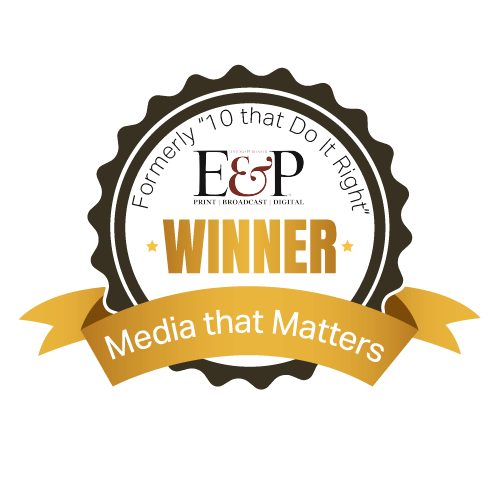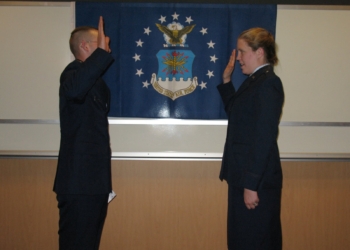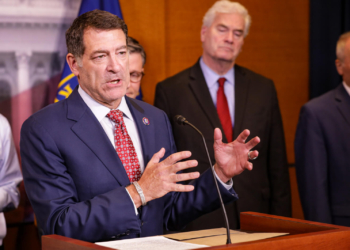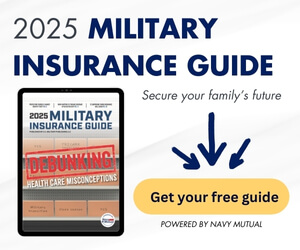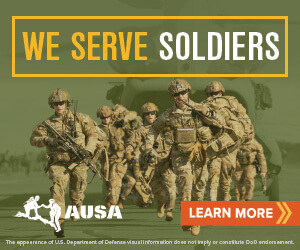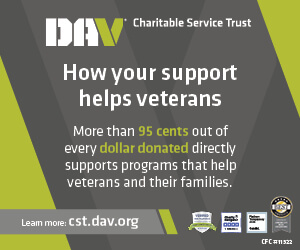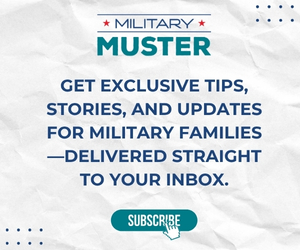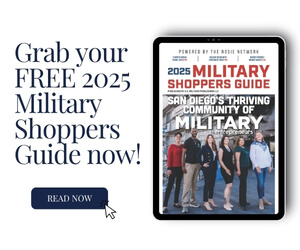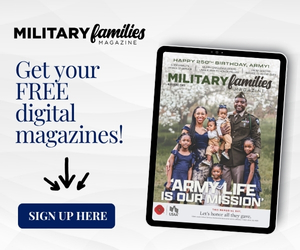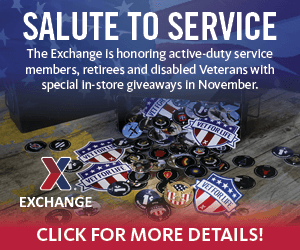The Veterans Benefits Banking Program (VBBP) is giving Veterans and their families access to greater financial independence, resiliency, and literacy.
VBBP is a partnership between the U.S. Department of Veterans Affairs (VA) Veterans Benefits Administration (VBA) and the Association of Military Banks of America (AMBA). The idea for the program came after a VA analysis revealed a high rate of Veterans were “unbanked,” says Joe Gurney, Senior Advisor of Fiscal Stewardship for the Office of the Under Secretary for Benefits.
“We were seeing an uptick in fraud because hundreds of thousands of Veterans were unbanked, so the Under Secretary actually had me look into this. By unbanked we mean Veterans receiving their VA benefits on a prepaid card or by check. I spent some time doing an analysis about demographics, where they were, who they were, and it turned out there were over 200,000 Veterans who were unbanked,” Gurney said.
Dr. Paul Lawrence, VA Under Secretary for Benefits, charged Gurney with determining courses of action to address the issue. Through his research, he found AMBA — an association of banks operating on military installations. The organizations committed to a joint effort of working with those financial institutions that already “have experience dealing with the unique financial challenges of military members and their families,” retired Air Force Maj. Gen. Steven Lepper, President and CEO of AMBA, said.
A white paper identified key areas affecting today’s Veterans, such as not being able to get a bank account and incurring high fees when cashing checks or using prepaid cards. The VBBP then created a number of common requirements for participating banks and credit unions to join the program, including:
- Willing to provide free checking accounts and free access to ATM networks to Veterans who deposit their monthly VA benefits in their account, and
- Helping any Veteran become qualified to open a banking account.
Another pillar of the program is a goal of simplifying banking choices by helping eligible Veterans select the right bank and services for themselves and their families. The VBBP website also includes links to resources on topics like fraud protection, identity theft, financial education, and a checklist for opening a bank account.
Lepper adds the VBBP is a work in progress and there are already talks for ways to improve the program.
“Veterans have as many needs as there are Veterans. It’s hard to generalize with anyone, whether they’re military or Veterans. We’re always on the lookout to help make Veterans’ management of their financial resources much more effective and safe,” Lepper, who served 35 years in the Air Force, said.
Gurney says the VBA also looks at trends in the unbanked on a constant basis to identify lessons learned and drive future program enhancements.
“AMBA has setup a constant feedback loop to try to give our Veterans the best experience that we can. For example, we discovered that Veterans want financial education. They want information — especially during COVID – that helps them deal with money, particularly borrowing money. As a result of that feedback, we added financial education to the VBBP website and plan to expand it as we continue improving the program,” Gurney said.
Lepper explains that by giving Veterans access to banking options, it also creates a motivation to save.
“The one benefit you don’t think about immediately when you think about opening a bank account versus receiving your benefits on a prepaid card or by paper check is the ability to save money. If you cash a check or withdraw all the money on your prepaid card; you walk around all month with money in your pocket. With checks and prepaid cards, there’s no motivation to save and no mechanism to save, whereas with a bank account, you do have that ability to save money in a safe and cost-effective way.
“What we’re hoping, as a collateral effect of opening up a bank account or credit union account, is that our Veterans will be able to save money and not live month-to-month on their VA benefits,” Lepper said.
Other features of utilizing a bank or credit union account:
- Get access to reasonable loan amounts with advantageous interest rates, and
- Credit repair.
Thirty four financial institutions are now part of the VBBP. In addition to ensuring Veterans and their families receive benefits safely and reliably, the participating banks and credit unions offer another advantage: accessibility.
A key component of the program is to meet Veterans where they are, whether that be in a large metropolitan area, rural town, or online. By working with financial institutions that have diverse geographical and digital footprints, Veterans can receive streamlined access to information and communication that caters to their needs. Another goal was to create a robust program that is easy to navigate. The VBBP website https://veteransbenefitsbanking.org/ contains a directory that lists participating banks and credit unions, along with direct links to more specific information on products and services.
Since the inception of the program at the end of 2019, VBBP has grown to roughly 1,000 website visitors per week, revealing a growing interest in both financial education and banking options. Now that awareness is growing, Gurney recommends Veterans take that next step of setting up an account so that they no longer have to put themselves at risk by relying on external entities like check cashing companies.
“We really want to urge Veterans during this time, especially with COVID, to consider direct deposit and setting up a bank account so they can have an easier, faster, and safer way to bank,” he said.
Once Veterans have a bank account, they can sign up for direct deposit by either updating their profile on va.gov (and providing their bank account and check routing numbers) OR by calling 1-800-827-1000.
As the partnership moves into its second year, the organizations plan to expand need-based resources that meet Veterans where they are in their financial life cycle.
